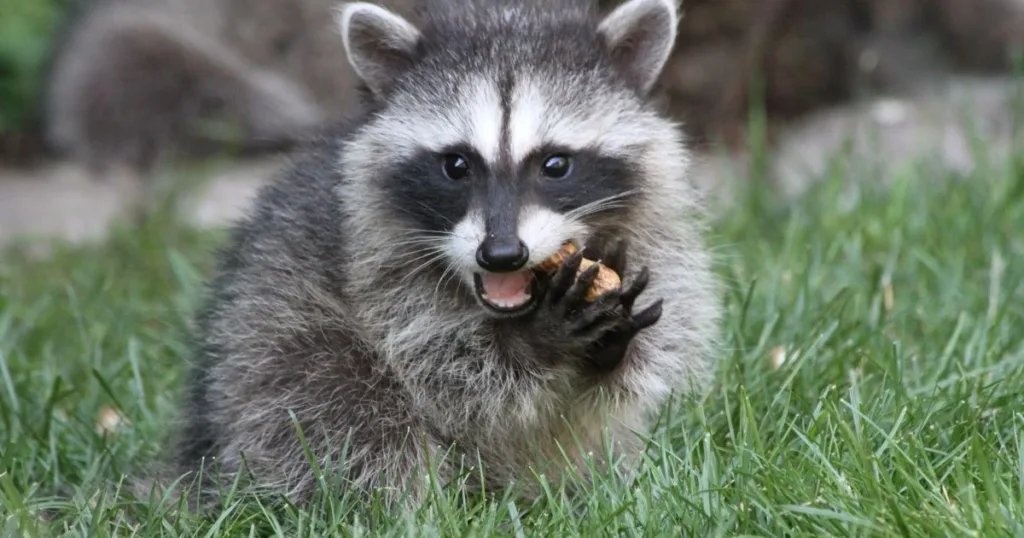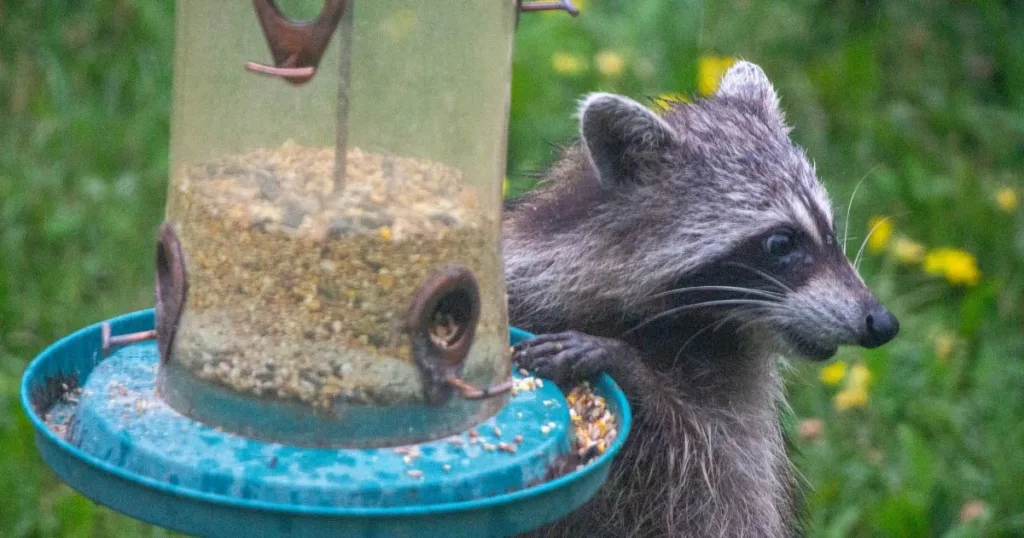
Do racoons have thumbs? Raccoons are fascinating creatures that capture your interest with their curious nature and dexterous behavior. While raccoons do not have opposable thumbs like humans, they possess highly flexible front paws that enable them to manipulate objects effectively.
This unique adaptation allows them to open containers, forage for food, and interact with their environment in ways that mimic the actions of animals with genuine thumbs.
As you explore the world of raccoons, you may find their surprisingly skilled use of their paws. This ability is key to survival in diverse habitats, allowing them to thrive in urban and rural areas. Discovering their physical traits and behaviors can give you greater insight into these intelligent animals and their role in the ecosystem.

The raccoon hand is an intricate structure that enables these animals to perform various tasks. Understanding their anatomy explains how raccoons manipulate objects, which relates to their unique adaptation.
Raccoons possess five digits on each forepaw, including a specialized structure often mistaken for a thumb. This digit, known as the "opposable digit," allows for enhanced grasping.
The arrangement of the fingers gives raccoons a firm grip. This physical feature is essential for foraging and manipulating food items.
While raccoons lack a true thumb like humans, their opposable digit serves a similar purpose. This digit enables raccoons to perform intricate movements.
This functionality is a key aspect of their survival, aiding in foraging for food and interacting with their environment.
Raccoons' dexterity predominantly affects their foraging methods and problem-solving skills. Their unique hand structure contributes to their success in diverse environments, showcasing advanced adaptability.
Raccoons exploit their dexterous paws for various foraging strategies. They can easily manipulate objects, open containers, and access food sources that other animals might struggle with.
Their thumb-like structure enhances their ability to grasp and feel, allowing for a precise grip. This skill is instrumental when rummaging through debris, obtaining fruits, or extracting insects from crevices.
Due to their adaptability, adult raccoons can consume various foods, including nuts, fruits, and small animals. Their foraging techniques, driven by their dexterity, highlight their opportunistic feeding behaviors, contributing to their survival in urban and rural settings.
Raccoons' dexterity also translates to impressive problem-solving capabilities. They often encounter challenges while searching for food or shelter and use their agile paws to navigate obstacles.
Raccoons are known for their intelligence, including learning and adapting. They demonstrate the ability to open locks, unscrew lids, and manipulate complex mechanisms. These skills indicate advanced cognitive functions, allowing them to effectively explore and exploit their environment.
This dexterity is crucial to their survival, enabling them to interact with and adapt to human-created environments. Their problem-solving skills, driven by their unique anatomical features, set them apart in the animal kingdom.

Raccoons are intelligent animals with dexterous front paws that function like thumbs. This allows them to manipulate objects and access food sources effectively. To protect your property, consider the following steps:
If you feel overwhelmed, contact a professional. Critter Stop specializes in humane wildlife removal and has earned a strong reputation for quality service.
Don’t hesitate to call Critter Stop at (214) 234-2616 for a free inspection. Their commitment to high-quality work and exceptional customer service can help you resolve your wildlife concerns effectively.
Raccoons possess a unique adaptation in their forelimbs that aids in various activities such as foraging and climbing. This section addresses common questions about the nature and functionality of raccoon thumbs.
Yes, raccoons have highly flexible digits that resemble thumbs, which allow them to manipulate objects effectively. While they lack genuine opposable thumbs like humans, their thumb-like structures enable them to grasp and open containers. This adaptability makes them skilled foragers, capable of accessing a wide range of food sources.
Raccoon thumbs are not as dexterous as human fingers, but offer significant functionality. Their thumb-like appendages allow for a firm grip and the ability to perform tasks that require manipulation. You will find that raccoon thumbs are optimized for handling various types of food and objects in their environment.
Raccoon thumbs can grip objects quite well, though they are not as precise as human fingers. Their gripping ability is sufficient for climbing and foraging, allowing them to manipulate their environment effectively. While they may lack the finesse of human dexterity, they are still highly adaptable.
The thumb-like structures in raccoons provide them with an evolutionary advantage by enhancing their foraging capabilities. This adaptation allows them to explore and exploit various food sources essential for survival. Their ability to manipulate objects contributes to their success as opportunistic feeders in different environments.
Raccoon thumbs improve their ability to climb trees and surfaces, providing better stability and support. This adaptability also assists them in foraging efficiently, as they can easily reach into crevices or grab food items. The specialized thumbs allow raccoons to navigate their environment effectively and access hard-to-reach resources.
Visit our Critter Library and learn more about our furry friends